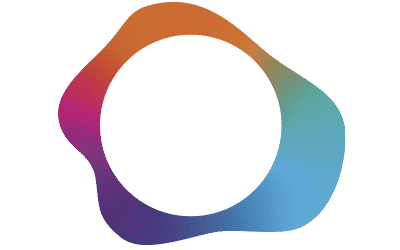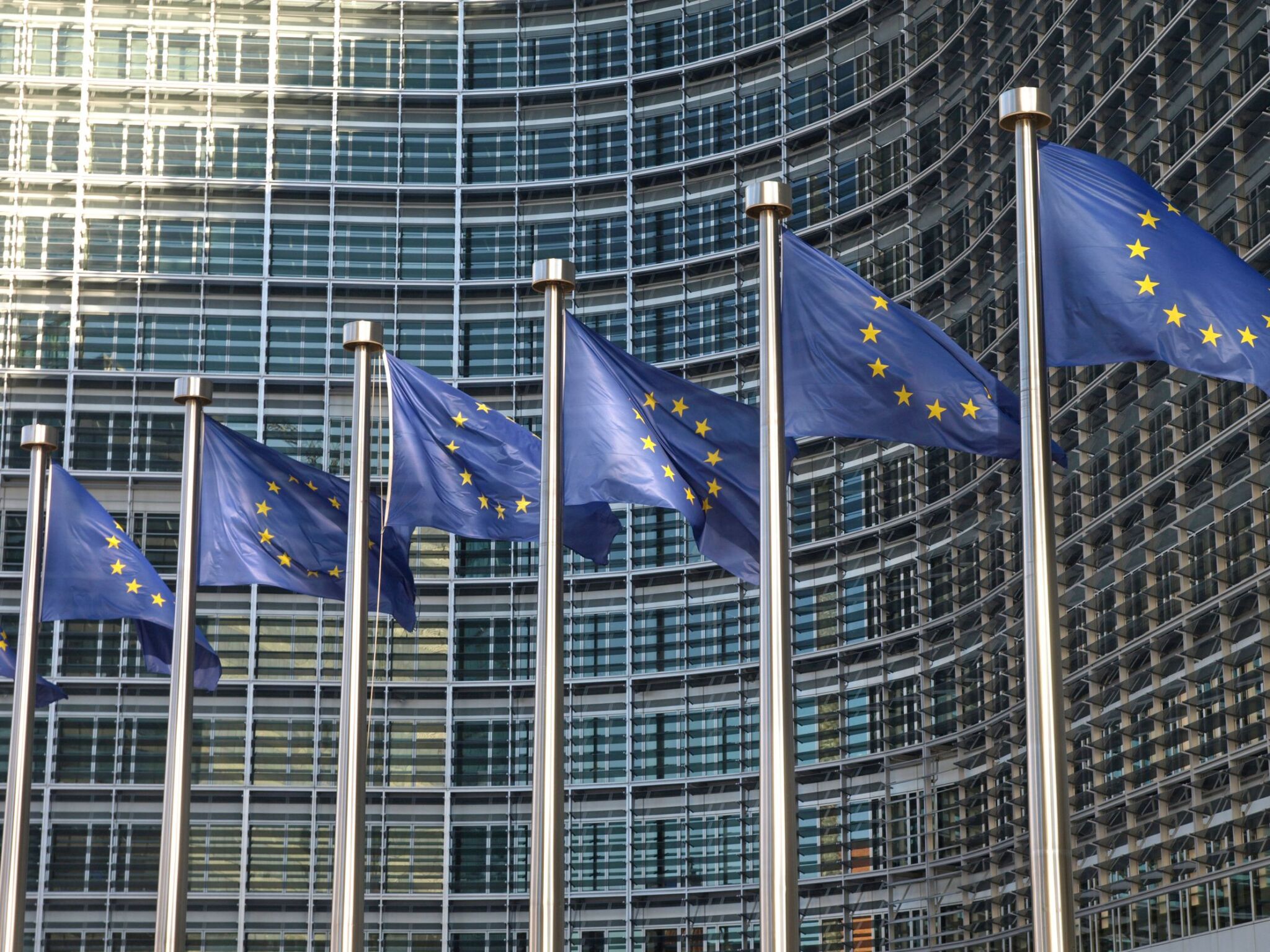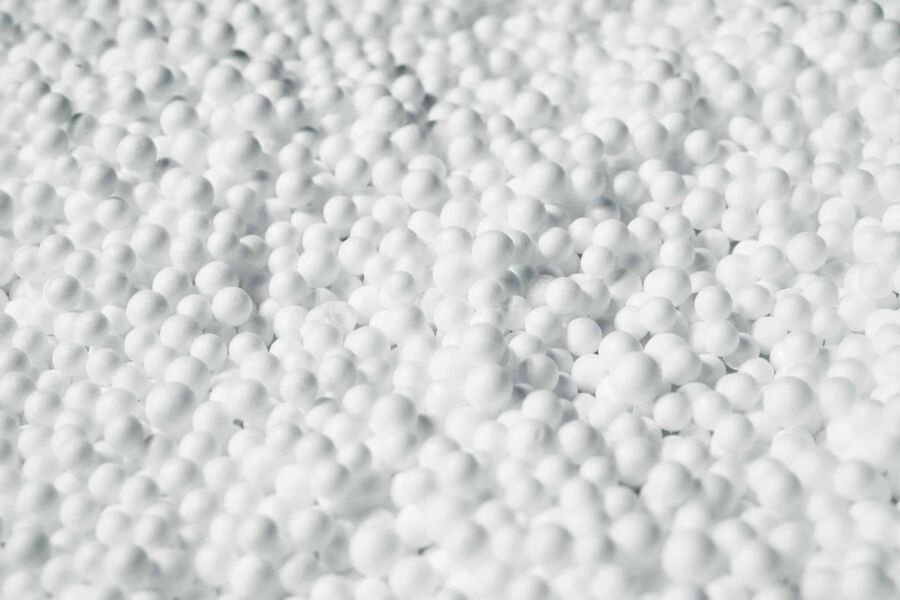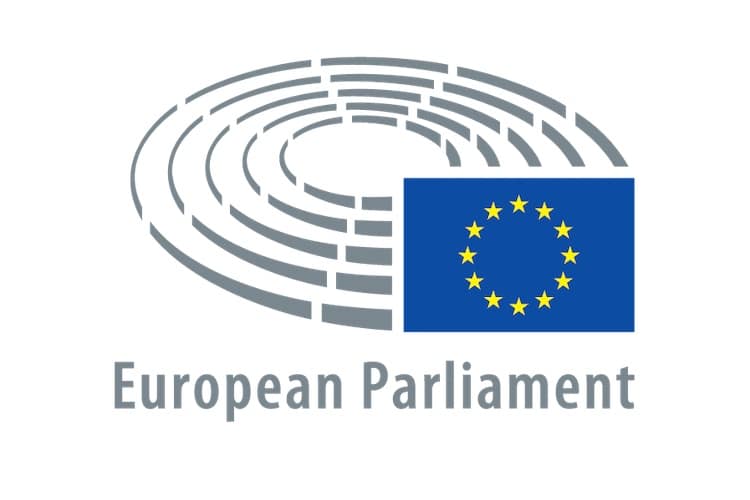Way2K: Industry interviews in the lead-up to the K 2022 trade fair
Interview with Christian Schiller, founder and CEO of cirplus GmbH
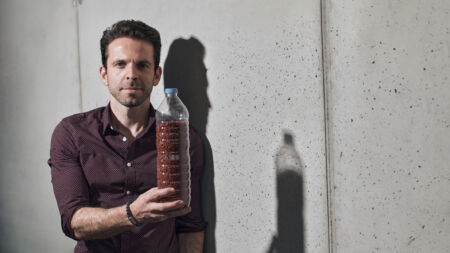 Mr. Schiller, you have been operating a trading platform for plastic waste and recyclates since March 2020. Where do you get them from?
Mr. Schiller, you have been operating a trading platform for plastic waste and recyclates since March 2020. Where do you get them from?
From suppliers and customers from all over the world, which now stands at over 1,300 companies from more than 100 countries. However, we are currently seeing a considerable surplus in demand for high-quality plastic recyclates.
While this initially sounds good for the recycling industry, it also mercilessly highlights the deficits within the market. For many carbons, no recycling process exists that is industrially available, let alone profitable; too much waste continues to be incinerated or landfilled. The human race is managing to waste an incredible amount of valuable resources, but at cirplus, we are working with the means of digitalisation to change this!
Why is there so little quality recyclate?
We do not have a global shortage of plastic waste; we do however have a shortage of waste that can be recycled well. I would like to highlight three aspects here: underdeveloped recycling technologies, non-transparent and under-digitalised waste and recycling flows, and poor product design. Let’s start with recycling technologies: these can and must catch up on a broad front – and I’m not just talking about chemical recycling in this regard, but especially mechanical recycling, as this is where there is still the most room for improvement, while at the same time the eco-balance is consistently positive compared to the use of virgin materials.
The markets for waste and recyclate must become more transparent and digital. How else can reliable supply chains be established globally if major uncertainties about qualities and quantities cannot be eliminated? In Europe alone, there is no traceability for over 20 million tonnes of waste generated annually. Transparency, traceability and digital trade transactions are the top priorities.
Ecologically and economically sensible recycling stands and falls with product design. If the processors and brands do not manage to manufacture products that can be recycled in a high-quality manner after their utilisation phase, then we will struggle with quality problems for quite some time. All this shows that we don’t have an image problem with plastics, but a waste and digitalisation problem.
Where else do you envisage improvements?
We should talk about standards. The recyclate qualities the market actually needs must be registered accurately. Against this background, we at cirplus have initiated and actively promoted the standardisation of plastic recyclates for higher-value applications and digital trade. The resulting standard, DIN SPEC 91446, was launched in November last year as the world’s first standard for high-quality plastics recycling beyond PET.
Will the market gain momentum through standards?
Definitely. DIN SPEC 91446 has already put a lot in motion within the market. Well-known product manufacturers have started to classify their purchasing requirements according to DIN SPEC. Testing laboratories offer certification according to DIN SPEC, and recyclers are increasingly addressing the required specifications. Using cirplus, requirements and offers are now already automatically classified on the basis of DIN SPEC – and that’s just the beginning.
Could you describe the new standard?
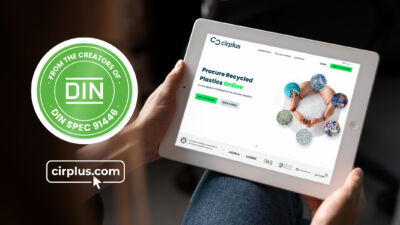
© Cirplus
DIN SPEC 91446 is a standard that classifies the degree of transparency of available recyclate data into so-called data quality levels (DQL). This standard is an important step on the way to making recyclates a globally reliable commodity. We support this by digitally aggregating quantities and qualities via cirplus, creating (price) comparability, reducing transaction costs and introducing said quality levels. This is a prerequisite for further AI applications in the future, such as algorithms that can predict prices, quantities and qualities on the basis of the data mapped at cirplus.
Now a standard has been set but is the required quality actually available on your platform?
We are already aware of interesting developments in PET and HDPE, also in some post-industrial recyclates, and in certain volumes outside Europe. It’s true that certain quality goods cannot currently be sourced either online or offline. Food-grade PE or PP recyclate for example is simply not available on the market, with very few exceptions.
However, there are ambitious targets for recyclate use on the part of customers, ranging from consumer goods via household goods to car manufacturers and the construction industry. The cosmetics packaging industry in Europe alone will need at least 1 million tonnes of post-consumer recyclate annually from 2025. This requires an enormous increase in capacity, as well as the development of new waste streams as feedstock for recycling. To this end, we are implementing further developments at cirplus to make the sustainable procurement of recyclates for high-value applications simple, transparent, cost-efficient and reliable. However, the sluggish mechanisms of the existing system and conflicting interests along the value chain are slowing down the transformation of the plastics industry.
Do we need more political regulation to kick-start the market?
Yes, more regulation is needed to establish a truly circular plastics economy. Personally, I am free-market oriented, but the market clearly cannot remedy the deficits on its own. A figure of less than 10 percent PCR recyclate share of the total amount of plastics processed in Germany testifies to a systemic failure in the recycling of plastics, and this more than 30 years after the introduction of extended producer responsibility.
The fact remains that wherever the price of virgin material is lower than that of recycled material, almost exclusively virgin material is bought, and the waste has no value. Our digitalisation approach can help enormously here. It can reduce up to 25 percent of the transaction costs in the production and use of plastic recyclates. The state is now also intervening. The most recent example is Great Britain. Since 1 April 2022, a penalty tax has been levied on packaging with a recycled content of less than 30 per cent. Other European countries will follow suit, and the European Commission is working on a product-specific recycled content quota. As a result, users are increasingly starting to think about their product design. This is a good dynamic, but one that could be nipped in the bud by chemical recycling.
Why is that?
I notice an uncertainty on the part of processors and brands. At almost every event organised by the plastics industry, they hear that mechanical recycling has reached its limits and they perceive that the chemical industry is driving forward chemical recycling with billions of euros of investment in order to be able to recover even the carbons that are still difficult to recycle today.
They now quite rightly wonder whether their own efforts to design for recycling make any sense at all if petrochemicals could actually recycle complex composites in the future. In such a scenario, processors and brand owners would not have to change anything about their products, since chemical recycling would allow semi-new products to be used that would still meet the recyclate quotas via the mass balance approach. In addition, processors do not have to fear increased purchasing costs due to the energy-intensive recycling process if brand owners are actually obliged by legal quotas or penalty taxes to use chemical recyclates in certain quantities. This is one of the reasons why plastics manufacturers are campaigning for the minimum quota for recyclate use at European level!
Video Statement by Christian Schiller
Press contact
VDMA | Ina Vettkötter | +49 69 6603 1844 | ina.vettkoetter@vdma.org
Industry interviews on the road to the K:
The world is facing major challenges: Climate change must be fought; the environment must be protected, and resources must be conserved. It is also important to make good use of the opportunities offered by digitalisation. The plastics industry has a key role in this process because plastics are ubiquitous in the world.
Climate protection, digitalisation and the circular economy are therefore also the three major topics at K 2022, the world’s leading trade fair for the plastics industry. To get in the mood for the industry meeting in autumn 2022, the VDMA is letting representatives of the plastics machinery industry and all other stakeholders in the sector have their say through weekly interviews.
VDMA Plastics and Rubber Machinery
More than 200 companies are members of the trade association, covering over 90 percent of the industry’s production in Germany. Ten percent of our member companies come from Austria, Switzerland and France. German member companies represent a turnover of 7 billion euros in core machinery and 10 billion euros including peripheral technology. Every fourth plastics machine manufactured worldwide comes from Germany in terms of value; the export quota is 70 percent. Ulrich Reifenhäuser, managing partner of Reifenhäuser GmbH & Co KG, is the chairman of the trade association.
